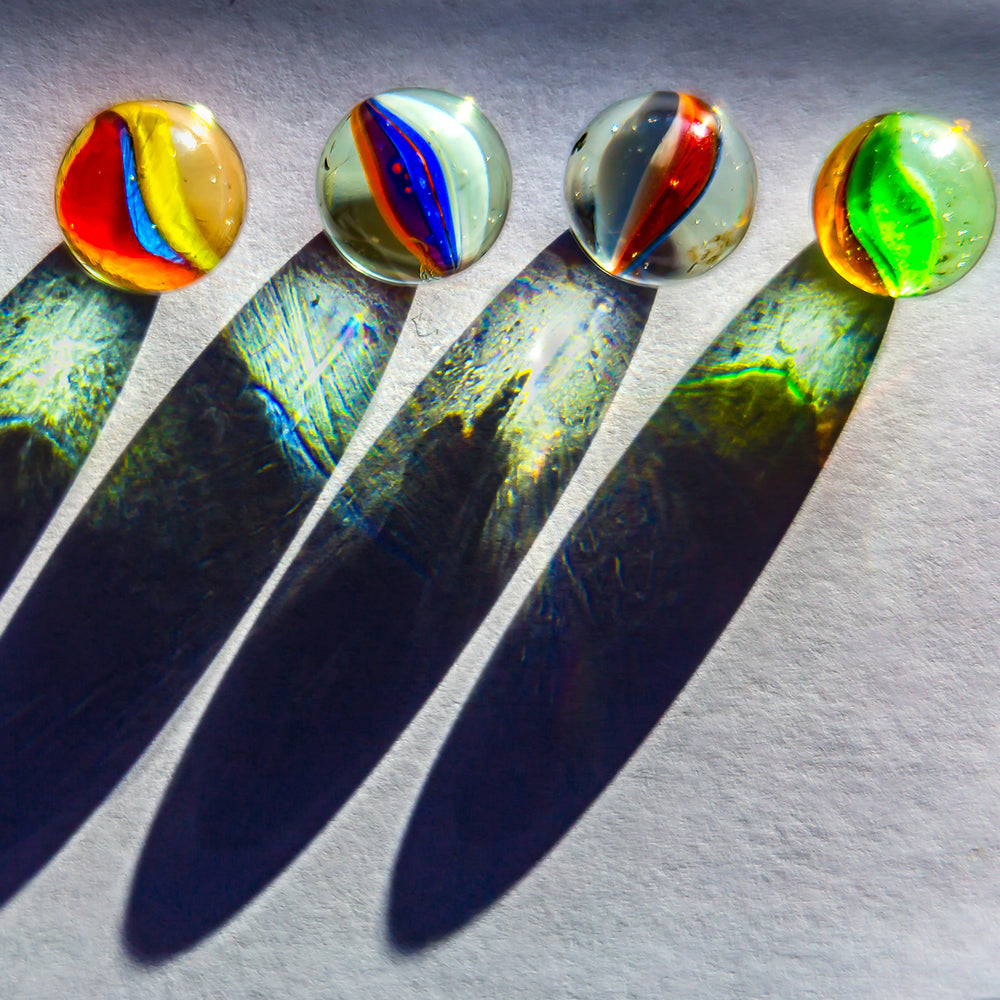MindFuel
Light and Shadows - Let's Do Science Bundle
Light and Shadows - Let's Do Science Bundle
Couldn't load pickup availability
Downloadable (1 PDF - 116 pages)
The following activities are included in this guide. The list is not prescriptive and teachers may select activities that are most appropriate for their students.
| Activity | Overview | Resources Included | Additional Resources Required |
|
Lesson: Introduction |
The opening lesson introduces students to Leonardo Da Vinci as an engineer, scientist, and architect, and highlights his work with light and shadows. Students will understand some of the engineering feats accomplished by Da Vinci and be introduced to key concepts for light and shadow. |
Lesson plan
|
Smartboard or projector
|
|
Lesson: Sun Shadows |
Students will investigate if Leonardo Da Vinci’s Hypothesis about shadows being longer in the morning and evening and shorter at noon when the sun is at its highest point of the day, was correct. Students will examine how the shadow cast by the sun and an opaque object changes over the course of a day by measuring and graphing their results. |
Lesson plan
|
One rectangle eraser per group
|
|
Lesson: Shadow Casting |
Let’s find out if Leonardo Da Vinci’s Hypothesis about the effect of light distance from an opaque object on shadow size, was correct. Students will experiment with different locations and distance for a light source and an opaque object to recreate a shadow. They will learn how to change the size and shape of the cast shadow. |
Lesson plan
|
One flashlight per group
|
|
Lesson: Refraction |
Find out if Leonardo Da Vinci’s Hypothesis about seeing objects out of place under water, was correct. Students will use various shaped glass pieces as well as different media (air and water) to understand the basic principles of bending of light. |
Lesson plan
|
One square piece of glass per group
|
|
Lesson: Optical Devices |
Let’s find out if Leonardo Da Vinci’s Hypothesis about pin-hole cameras was correct. Meanwhile, learning how it and other optical devices work. Students will learn how lenses can be used to create optical devices with different functions by examining a microscope and telescope. Students can then make their own optical devices using different lenses. |
Lesson plan
|
Microscope
|
|
Lesson: Amazing Liquid Light |
Watch as light appears to bend in this optics experiment. Here, students learn that light isn’t really bending. The stream of water acts like a tube lined with mirrors on the inside (the technical name is total internal reflection) and the light is bounced back and forth, remaining within the stream of water. This mimics how a fiber optic cable works - light travels down a glass tube that is surrounded by a jacket (called cladding) which is one continuous, inward facing mirror. Since light only travels in straight lines and cables need to turn and bend, this ensures that the signal is always transmitted. |
Lesson plan
|
One tall glass jar with screw on lid per
|
|
Lesson: Aim for the X |
In this exploration, students will use their understanding and knowledge about light, reflection, refraction and absorption of light on different surfaces. Students will apply their knowledge by guiding a ray of light to a specific target. | Lesson plan |
One pair of scissors
|
|
Lesson: My Shadow and Me |
In this lesson students will use their body to create a shadow, and try to capture an object in it. Try this at different times of the day to find out how the sun’s position effects shadow creation and when it’s easiest to capture the object. |
Lesson plan |
One marble per student
|
|
Lesson: Patterns in the Sky |
Students will observe the sun, describe its pattern of movement through the sky, and relate it to the length of shadows created. | Lesson plan |
Sunny day
|
|
Lesson: Light Fixture |
In this STEAM lesson, students will take on the role of a design engineer in developing a functional & creative lighting fixture for the city’s new public transit station. The project involves the iterative design of a prototype that provides a mixture of direct and indirect light for illuminating the station platform in an artistic way. Students will apply their knowledge of light manipulation elements such as lens, mirrors and materials to develop their prototype. |
Lesson plan Project instructions/rubric Smile challenge diagram Light are challenge diagram |
Computer and Smartboard or projecting
|
| Experiment: Human Sundial | Long before iWatches and smart phones, people used sundials to tell the time. In this hands-on activity, students turn into a large sundial. Learn how light and shadows can be a source of information - and maybe you won’t need a watch anymore! | Experiment details |
Chalk
|
Share

